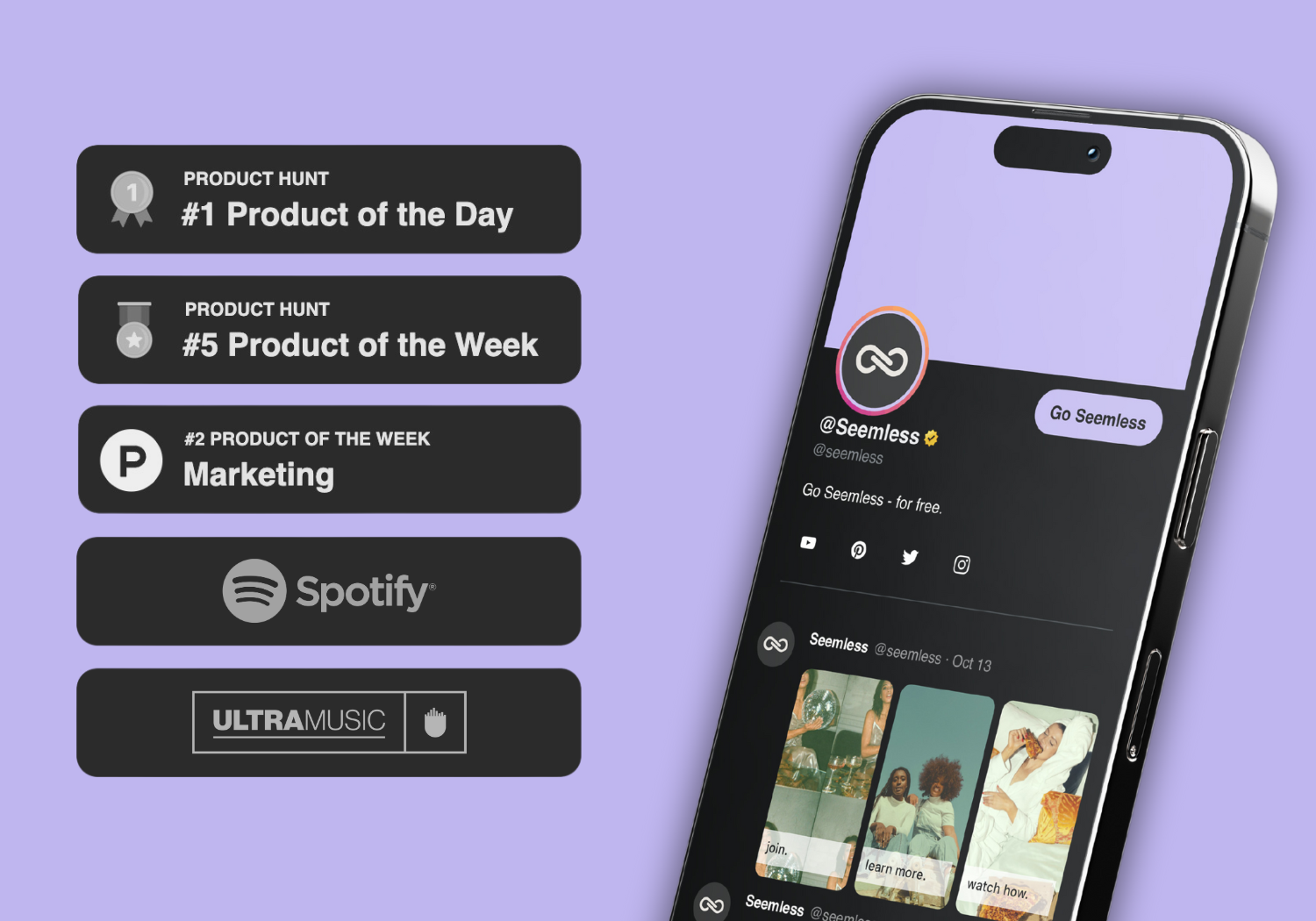The fashion industry is a dynamic and multifaceted realm that encompasses a wide array of activities, from design and production to marketing and retail. For aspiring designers and entrepreneurs, understanding the foundational elements of this industry is crucial for launching a successful fashion line. At its core, the fashion industry is driven by creativity, innovation, and consumer demand.
It is essential to grasp the various segments within the industry, including haute couture, ready-to-wear, and fast fashion, as each segment has its own unique characteristics and target audiences. Additionally, staying abreast of current trends, market shifts, and consumer preferences can provide valuable insights that inform design choices and business strategies. Starting a fashion line requires more than just a passion for clothing; it necessitates a comprehensive understanding of the market landscape.
This includes identifying your target demographic, analyzing competitors, and recognizing potential gaps in the market that your brand can fill. Conducting thorough market research is vital to ascertain what consumers are looking for and how your designs can meet those needs. Furthermore, aspiring fashion entrepreneurs must familiarize themselves with the various channels of distribution, from brick-and-mortar stores to e-commerce platforms.
By laying a solid foundation of knowledge about the fashion industry, you can better position your brand for success in an ever-evolving marketplace.
Creating a Unique Brand Identity: Establishing Your Apparel Brand’s Vision and Mission
A compelling brand identity is the cornerstone of any successful apparel line. It serves as the guiding principle that shapes every aspect of your business, from design aesthetics to marketing strategies. Establishing a clear vision and mission statement is essential for articulating what your brand stands for and what it aims to achieve.
Your vision should encapsulate your long-term aspirations for the brand, while your mission should outline the core values and principles that drive your operations. Together, these elements create a narrative that resonates with consumers and fosters brand loyalty. In crafting your brand identity, it is important to consider what sets your apparel line apart from others in the market.
This could be a unique design philosophy, a commitment to sustainability, or an emphasis on inclusivity. By defining your brand’s personality—whether it be edgy, classic, or avant-garde—you can create a cohesive image that appeals to your target audience. Additionally, visual elements such as logos, color palettes, and typography play a significant role in establishing brand recognition.
A well-defined brand identity not only helps attract customers but also serves as a foundation for all future marketing efforts, ensuring consistency across all platforms.
Building a Strong Business Plan: Key Components for Success in the Apparel Industry

A robust business plan is an indispensable tool for anyone looking to enter the apparel industry. It serves as a roadmap that outlines your business goals, strategies, and financial projections. A well-structured business plan typically includes an executive summary, market analysis, organizational structure, product line details, marketing strategies, and financial forecasts.
Each component plays a critical role in guiding your business decisions and attracting potential investors or partners. By meticulously detailing your vision for the brand and how you plan to achieve it, you can instill confidence in stakeholders and set yourself up for long-term success. Moreover, financial planning is a crucial aspect of any business plan.
Understanding your startup costs, pricing strategies, and projected revenue streams will help you make informed decisions about resource allocation and growth opportunities. It is also essential to consider potential risks and challenges that may arise in the competitive landscape of the fashion industry. By conducting a SWOT analysis—assessing your strengths, weaknesses, opportunities, and threats—you can develop strategies to mitigate risks while capitalizing on opportunities for growth.
A comprehensive business plan not only provides clarity for your own vision but also serves as a persuasive tool when seeking funding or partnerships.
Navigating the Production Process: From Design to Manufacturing
The journey from concept to creation in the fashion industry involves several intricate steps that require careful planning and execution. Once you have finalized your designs, the next phase is sourcing materials and selecting manufacturers who align with your brand’s values and quality standards. This process often involves researching suppliers, negotiating contracts, and ensuring that materials meet both aesthetic and functional requirements.
Additionally, establishing strong relationships with manufacturers can lead to more efficient production processes and better communication throughout the development cycle. Once production begins, quality control becomes paramount. Ensuring that each piece meets your specifications is essential for maintaining brand integrity and customer satisfaction.
This may involve conducting regular inspections during various stages of production and implementing feedback loops with manufacturers to address any issues promptly. Furthermore, understanding the logistics of distribution—how products will be shipped to retailers or directly to consumers—is crucial for maintaining timely delivery schedules. By navigating the production process with diligence and attention to detail, you can bring your creative vision to life while ensuring that your apparel line meets the highest standards of quality.
Marketing and Promoting Your Fashion Line: Strategies for Brand Awareness and Sales
In an industry as competitive as fashion, effective marketing strategies are vital for gaining visibility and driving sales. Building brand awareness requires a multifaceted approach that leverages both traditional and digital marketing channels. Social media platforms such as Instagram, TikTok, and Pinterest have become essential tools for fashion brands to showcase their collections and engage with consumers directly.
Creating visually appealing content that resonates with your target audience can help cultivate a loyal following while driving traffic to your online store or physical retail locations. In addition to social media marketing, collaborations with influencers or other brands can amplify your reach and introduce your apparel line to new audiences. Hosting pop-up events or participating in fashion shows can also create buzz around your brand while providing opportunities for direct consumer engagement.
Email marketing remains an effective way to keep customers informed about new collections, promotions, or exclusive events. By employing a diverse range of marketing strategies tailored to your brand’s identity and target demographic, you can effectively promote your fashion line while fostering meaningful connections with consumers.
Understanding the Importance of Sustainable and Ethical Practices in the Fashion Industry

Sustainability as a Key Differentiator
By prioritizing sustainability, fashion brands can differentiate themselves in a crowded market and appeal to the growing demographic of environmentally conscious consumers. This involves adopting eco-friendly materials, reducing waste during production, and ensuring fair labor practices throughout the supply chain.
Transparency Builds Trust
Transparency is essential in building trust with consumers regarding sustainable practices. Brands that openly communicate their sourcing methods, production processes, and labor conditions are more likely to foster loyalty among customers who value ethical consumption.
Certifications and Partnerships Enhance Credibility
Implementing certifications or partnerships with organizations focused on sustainability can further enhance credibility. As the fashion industry continues to evolve, embracing sustainable practices is no longer a trend, but an essential component of long-term success in an increasingly conscientious marketplace.
Overcoming Challenges and Staying Competitive: Tips for Sustaining Your Apparel Brand’s Success
The journey of building an apparel brand is fraught with challenges that require resilience and adaptability. From fluctuating consumer preferences to economic downturns, staying competitive necessitates a proactive approach to problem-solving. One effective strategy is to continuously gather feedback from customers through surveys or social media engagement.
Understanding their needs and preferences allows you to pivot quickly in response to market changes while ensuring that your offerings remain relevant. Additionally, fostering innovation within your team can lead to fresh ideas that keep your brand at the forefront of the industry. Encouraging collaboration among designers, marketers, and production teams can yield creative solutions that enhance product offerings or streamline operations.
Staying informed about emerging trends—whether they be technological advancements or shifts in consumer behavior—can also provide valuable insights into potential growth areas for your brand. By embracing challenges as opportunities for growth and remaining agile in an ever-changing landscape, you can sustain your apparel brand’s success over time while continuing to captivate consumers with innovative designs and compelling narratives.
FAQs
What are the key steps to launching a fashion line?
To launch a fashion line, you need to start with market research, create a business plan, design your collection, find manufacturers, establish a brand identity, and then market and sell your products.
What are the common challenges faced by startup apparel brands?
Startup apparel brands often face challenges such as finding reliable manufacturers, securing funding, building brand awareness, and competing with established brands in the market.
How important is branding for a fashion line?
Branding is crucial for a fashion line as it helps to differentiate your brand from competitors, create a strong identity, and connect with your target audience.
What are the key factors to consider when designing a fashion collection?
When designing a fashion collection, it’s important to consider current trends, target audience preferences, production costs, and the overall brand aesthetic.
How can startup apparel brands effectively market their products?
Startup apparel brands can effectively market their products through social media, influencer collaborations, pop-up events, and online advertising. Building a strong brand story and engaging with customers is also important.
What are the options for funding a fashion line startup?
Funding options for a fashion line startup include personal savings, loans, crowdfunding, angel investors, and venture capital. It’s important to carefully consider the pros and cons of each option before making a decision.

